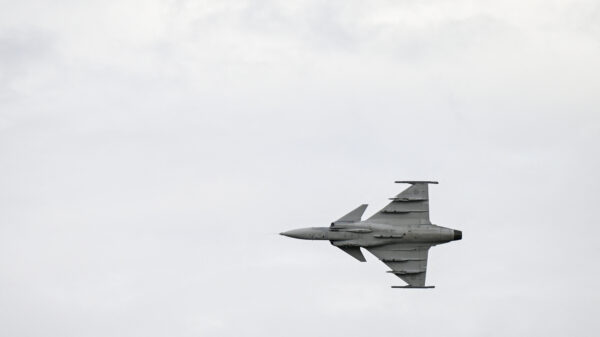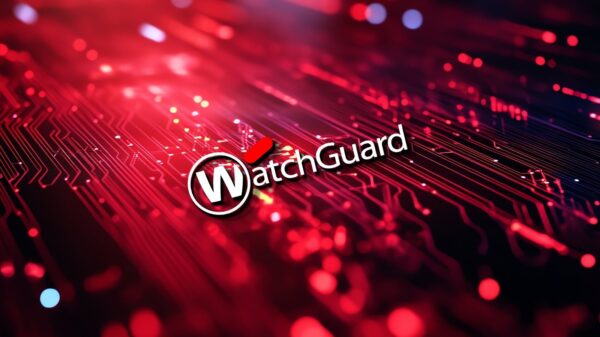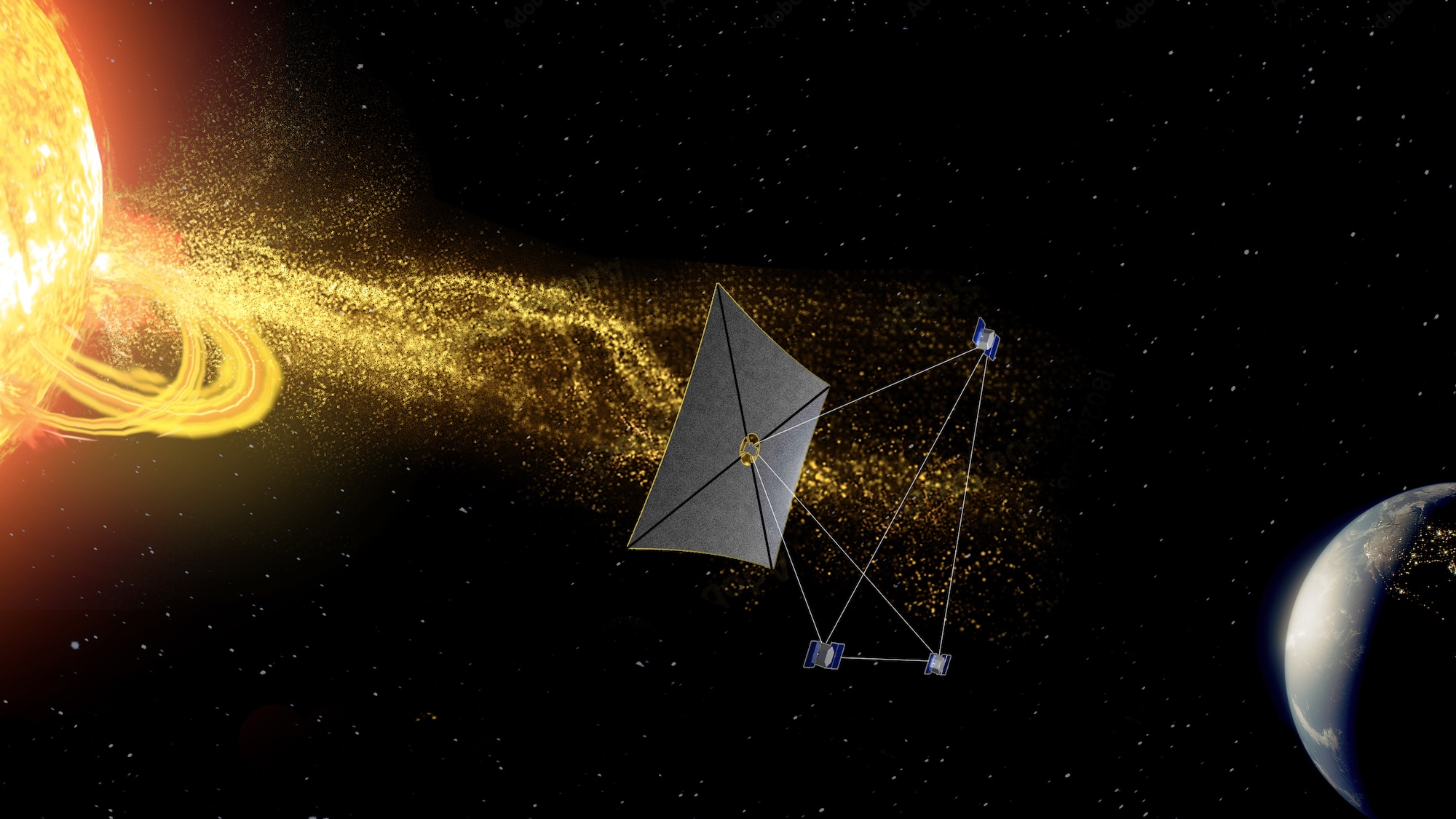Solar storms pose a significant threat to Earth’s infrastructure, similar to severe thunderstorms. In May 2024, intense solar flares erupted from the sun, sending charged plasma plumes toward the planet. These geomagnetic forces disrupted power lines, affected satellite orbits, and necessitated flight path changes for several airplanes. Unlike meteorologists, who have a wide range of monitoring tools, astronomers face limitations in tracking these cosmic events. Research conducted by scientists at the University of Michigan reveals an even greater concern: the potential dangers posed by what they term “space tornadoes.”
Understanding Space Tornadoes
Published in The Astrophysical Journal on October 6, the research emphasizes the need for improved monitoring of smaller solar storms. Solar wind is a dynamic interplay of fluid energy akin to Earth’s wind systems. While researchers have long studied the more extensive coronal mass ejections (CMEs), which can span an average of 34 million miles, they have developed new simulations to address smaller, less detectable phenomena. These smaller flux ropes can measure between 3,000 and 6 million miles wide, but existing models have struggled to accurately simulate their impact.
Despite their smaller size, these space tornadoes can still inflict damage on Earth’s electrical grids and digital systems. Chip Manchester, a climate and space scientist at the University of Michigan, noted, “Our simulation shows that the magnetic field in these vortices can be strong enough to trigger a geomagnetic storm and cause some real trouble.”
The research team discovered that many space tornadoes originate from CMEs as they interact with slower-moving solar wind. This interaction can create spinning plasma formations that may either dissipate or collide with other solar wind streams. While telescopes are effective in identifying CMEs, they are ill-equipped to detect these tornado-like flux ropes.
Proposed Solutions for Enhanced Monitoring
Mojtaba Akhavan-Tafti, another researcher involved in the study, emphasized the implications for national security. “We need to proactively find structures like these Earth-bound flux ropes and predict what they will look like at Earth to make reliable space weather warnings for electric grid planners, airline dispatchers, and farmers,” he stated.
Current monitoring systems rely on a limited number of spacecraft positioned between Earth and the sun. This makes it challenging to detect solar storms that may eject plasma clouds in various directions. A CME originating from the sun’s side opposite Earth could still produce space tornadoes that go unnoticed under the existing monitoring framework. Akhavan-Tafti likened this challenge to trying to monitor a hurricane using data from a single wind gauge, indicating the necessity for a more comprehensive approach.
To address this issue, the researchers outlined a project known as the Space Weather Investigation Frontier (SWIFT). This initiative proposes launching four identical spacecraft into a triangular formation approximately 200,000 miles apart. A fifth spacecraft would serve as the apex of this formation, aimed at the sun. This arrangement would enhance the monitoring of solar wind fluctuations, potentially reducing warning times by 40 percent.
One significant challenge remains: the apex probe would require substantial fuel to counteract the sun’s gravitational pull. However, a solution may be on the horizon through NASA’s Solar Cruiser mission. This mission envisions a spacecraft equipped with a deployable aluminum sail roughly one-third the size of a football field, which could harness photon energy to maintain its position in space.
As of now, SWIFT is a mission proposal and not yet a concrete plan. It aims to serve as a foundation for larger monitoring systems in the future. While the concepts of space tornadoes and solar sails may sound like science fiction, they are becoming increasingly relevant in the context of ensuring the safety and reliability of Earth’s technological infrastructure.






































































